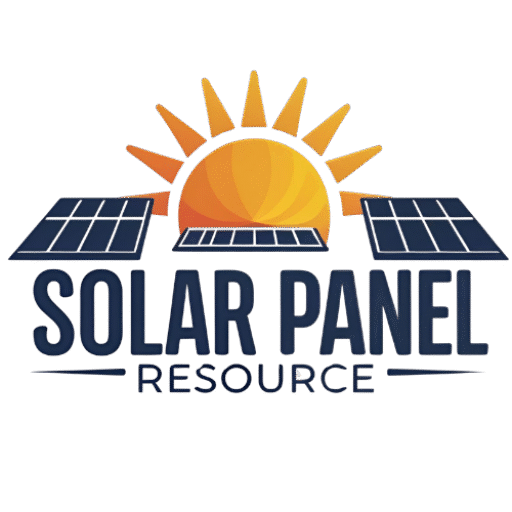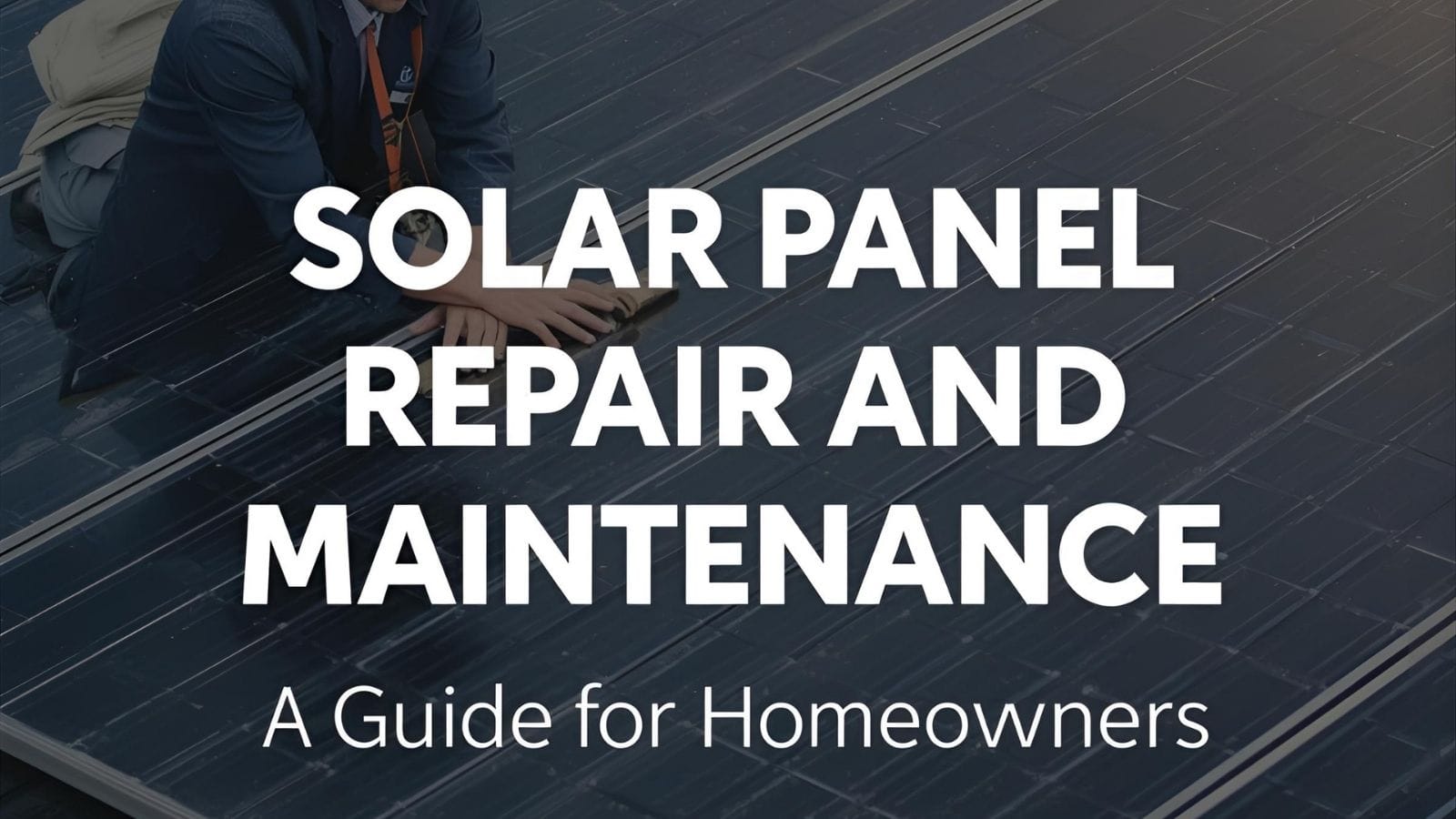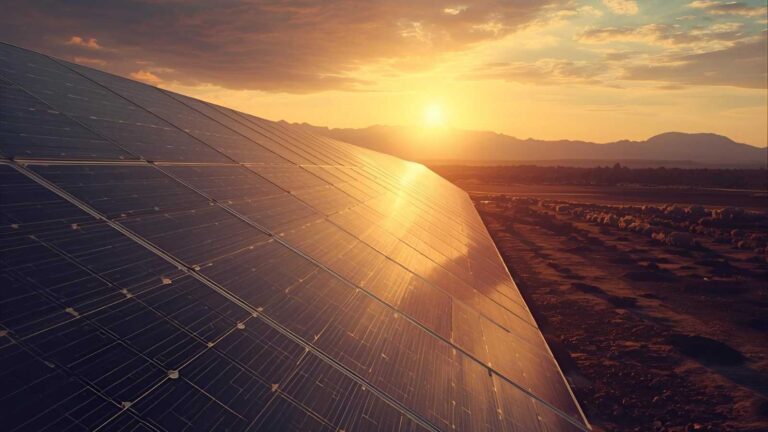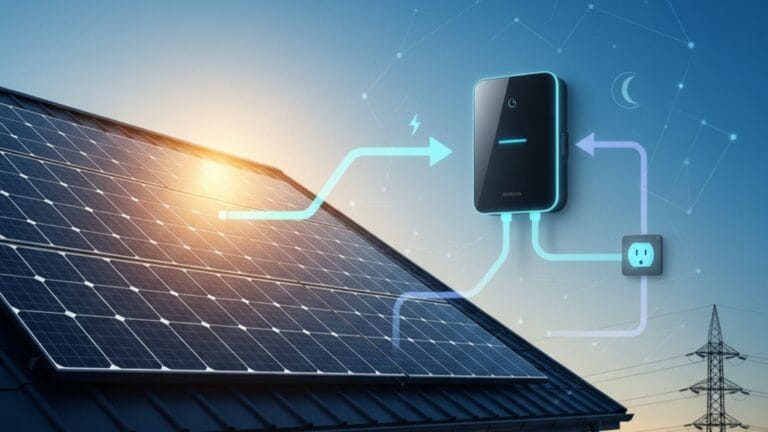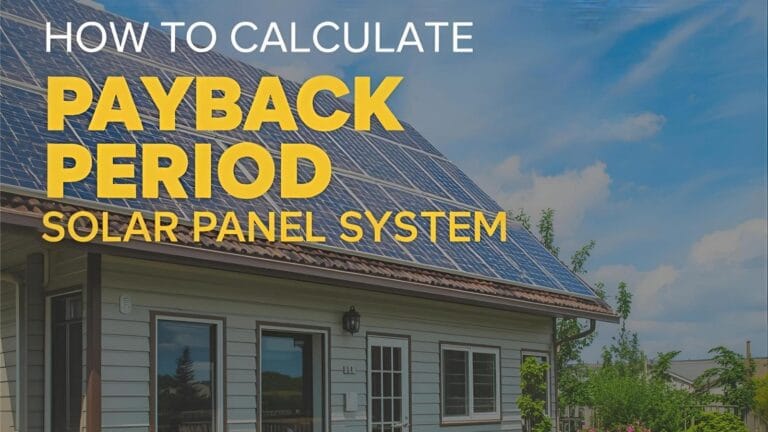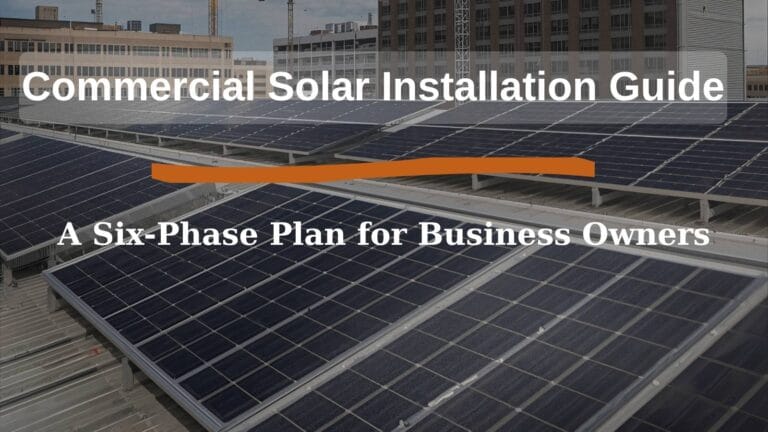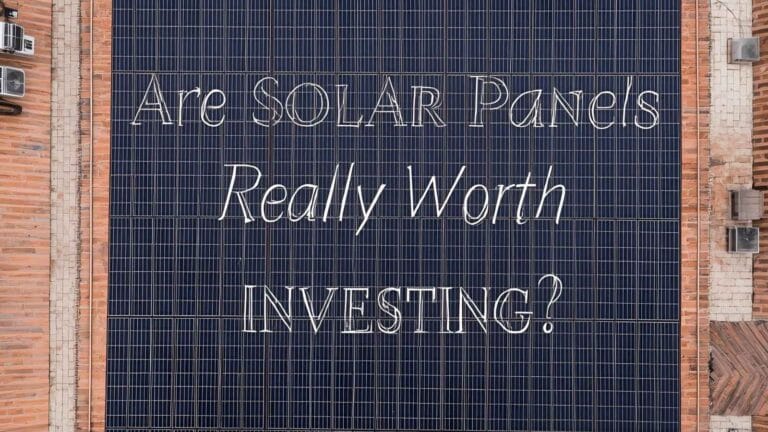Solar Panel Repair and Maintenance: A Guide for Homeowners
Congratulations on investing in a solar panel system for your home! You’ve taken a significant step towards energy independence, lower electricity bills, and a more sustainable lifestyle. One of the most appealing aspects of solar technology is its remarkable reliability and low-maintenance nature. However, “low-maintenance” doesn’t mean “no-maintenance.” To ensure your system operates at peak efficiency and delivers the maximum return on your investment for its entire 25+ year lifespan, a basic understanding of solar panel repair and maintenance is essential.
Many homeowners believe that once solar panels are installed, they can be completely forgotten. While modern systems are incredibly durable, factors like dust, debris, weather, and the simple passage of time can impact performance. Knowing how to care for your system, what to look for, and when to call a professional can make the difference between a good investment and a great one.
This comprehensive guide is designed for homeowners like you. We’ll walk you through everything you need to know about routine maintenance, how to spot potential issues using your monitoring system, the common types of solar panel repairs, and the critical distinction between safe DIY tasks and jobs that absolutely require a certified technician.
The Importance of Proactive Solar Panel Maintenance
Think of your solar panel system like a high-performance vehicle. While it may not need daily attention, regular check-ups and cleanings ensure it runs smoothly and efficiently for years to come. Proactive maintenance is not an expense; it’s a strategy to protect your investment and maximize your energy production.
Studies have shown the tangible benefits of keeping your panels clean. Research conducted by institutions like the World Renewable Energy Congress has demonstrated that dust and pollutant accumulation can reduce a panel’s efficiency by a significant margin. A report cited by sources like the U.S. Department of Energy highlights that energy loss from soiling can range from minor to substantial depending on the location. For more homeowner resources, you can visit the Solar Energy Industries Association’s consumer portal here.
Key Benefits of Regular Maintenance:
- Maximizing Energy Production: Clean, well-maintained panels capture more sunlight, which directly translates to more kilowatt-hours (kWh) produced and greater savings on your utility bills.
- Extending System Lifespan: Regular inspections can catch minor issues like loose wiring or failing components before they escalate into major, costly problems.
- Maintaining Warranty Compliance: Some manufacturer warranties may require evidence of basic maintenance. Neglecting your system could potentially void your coverage in a worst-case scenario.
- Ensuring Safety: Electrical systems, including solar, can degrade over time. Inspections ensure that all connections are secure and components are functioning safely.
Your First Line of Defense: Monitoring Your System’s Performance
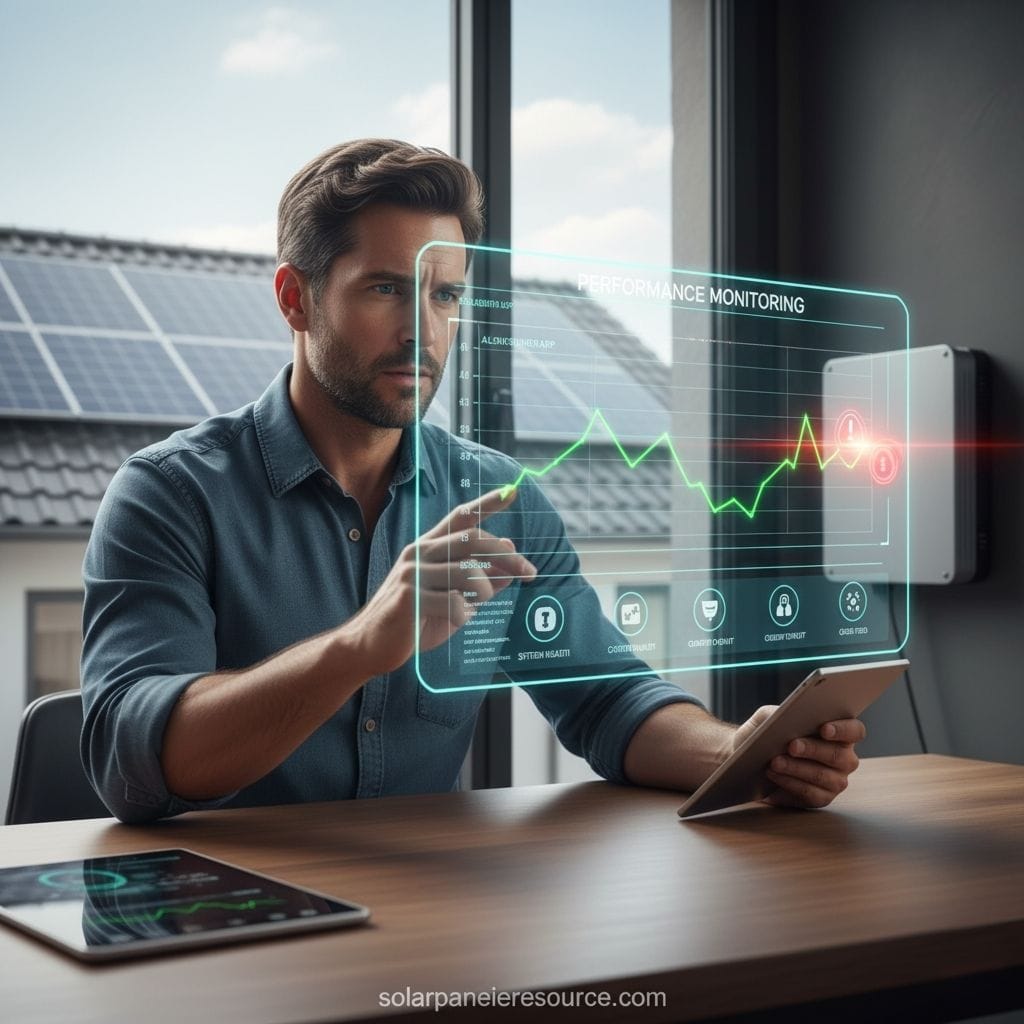
Before you ever need to think about physical maintenance, your most powerful tool is your system’s monitoring software. Every modern solar installation comes with an app or web portal that acts as a real-time health report for your array.
Your Actionable Step: Make it a habit to check your monitoring platform at least once a month. You don’t need to analyze it for hours; just get a feel for what’s normal. Look at your daily and monthly production graphs. A sunny day in July should produce a predictable bell curve of energy. If you suddenly notice a significant, unexplained drop in production that lasts for more than a day or two (accounting for cloudy weather), it’s a clear signal that something needs a closer look. This proactive monitoring is the best way to detect a problem early.
Essential Solar Panel Maintenance for Homeowners
The good news is that for most homeowners, the required maintenance is minimal. It can be broken down into two main categories: routine cleaning and periodic professional inspections.
1. Solar Panel Cleaning: When and How
The surface of your solar panels is their window to the sun. Anything that blocks that window—dust, dirt, pollen, bird droppings, or soot—will reduce their efficiency.
When to Clean Your Panels:
- Rain is Usually Enough: For most homeowners, regular rainfall is sufficient to wash away the majority of dust and grime. If you live in an area with regular precipitation, you may not need to clean your panels at all.
- Dry, Dusty Climates: If you live in an arid region, an agricultural area with lots of dust, or a location with high pollution, a periodic cleaning once or twice a year can yield a noticeable boost in production.
- Visible Debris: If you can see a thick layer of dust, caked-on bird droppings, or other significant soiling, it’s time for a cleaning.
How to Clean Your Panels Safely (The DIY Method):
If you choose to clean your panels yourself, safety is paramount. Never get on your roof without proper safety equipment. If your panels are not easily accessible from the ground, it is always safer to hire a professional.
- Timing is Everything: Clean your panels on a cool, overcast day or in the early morning or evening. Cleaning them in the hot midday sun can cause the cold water to thermally shock the glass, potentially causing cracks.
- Use the Right Tools: All you need is a standard garden hose with a good spray nozzle and a soft-bristle brush or cloth on a long extension pole. Never use harsh chemicals or abrasive scrubbers, as they can damage the anti-reflective coating on the glass.
- The Process: Simply spray the panels down with water from the hose to wash away loose dirt. For stubborn spots like bird droppings, use the soft brush and water to gently scrub them away. Think of it like washing your car—gentle is better.
2. Periodic Professional Inspections
While you can handle the cleaning, a periodic professional inspection is a crucial part of long-term solar system maintenance. It’s recommended to have your system inspected by a certified solar technician every 3-5 years.
During an inspection, a professional will:
- Check for any physical damage to the panels, such as cracks, chips, or delamination.
- Inspect the racking and mounting hardware to ensure it is secure and there is no corrosion.
- Examine all wiring and conduits for any signs of damage from weather or pests.
- Test the voltage and current levels to ensure all components are performing to specification.
- Check the inverter for any error codes and ensure it is functioning correctly.
Common Solar Panel Repairs and Troubleshooting
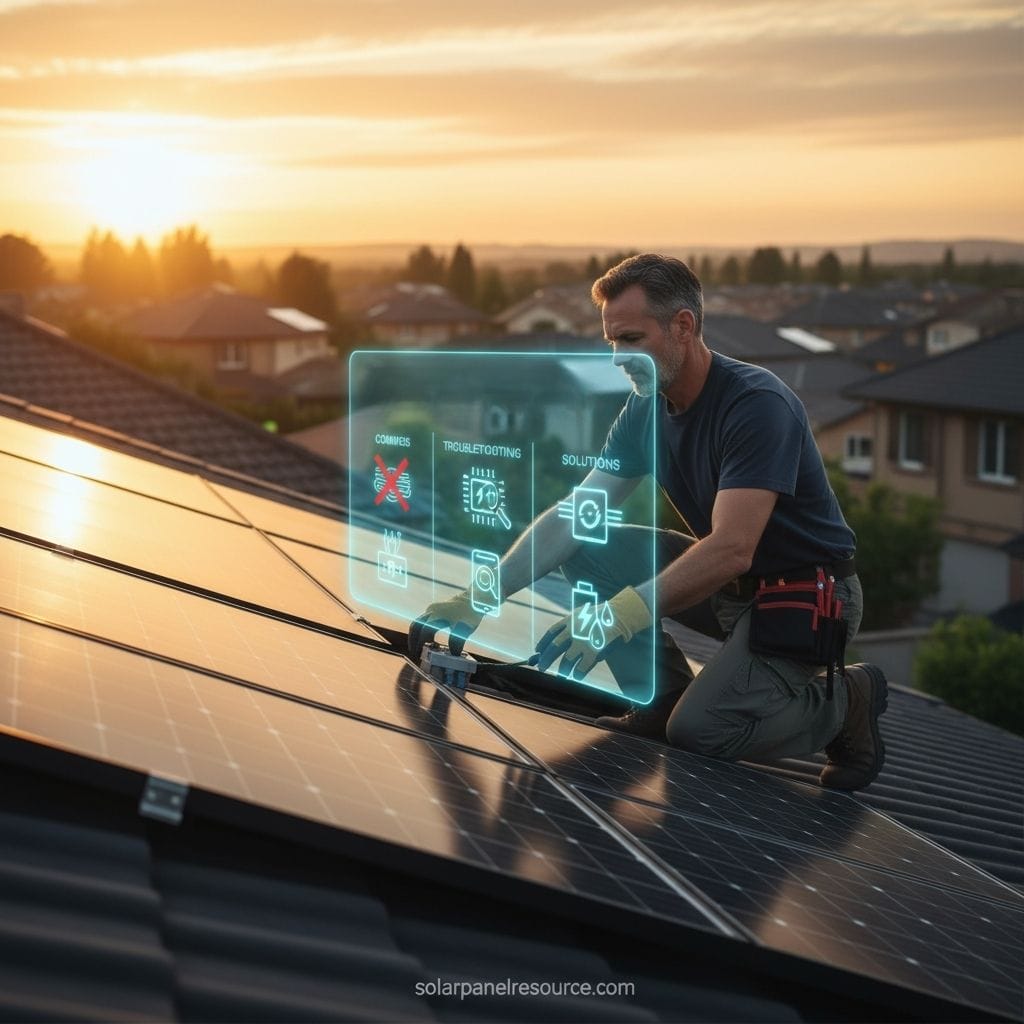
Even with the best maintenance, issues can sometimes arise. Understanding the most common problems can help you communicate effectively with a solar technician.
Identifying the Problem: Panel vs. Inverter
When your system’s production drops, the issue is often not with the panels themselves, but with the inverter. The inverter is the most complex component of your system and the one most likely to fail over a 25-year period. Your monitoring system can often tell you if the problem is with a single panel (if you have microinverters) or the entire system (often pointing to a central inverter issue).
Common Types of Solar Panel Damage
While extremely durable, solar panels can be damaged.
- Cracked Glass: This is usually caused by a severe impact from hail or debris. A small crack can let in moisture, leading to failure over time. This almost always requires a panel replacement.
- Scratches: Minor scratches are usually cosmetic, but deep scratches can reduce performance and create hotspots.
- Hotspots: These are areas of a panel that overheat due to a manufacturing defect, a damaged cell, or heavy soiling. They can severely degrade the panel and pose a safety risk.
- Loose Connections: Vibration and weather can sometimes cause electrical connections to loosen over time, leading to a loss of production. This is a key reason for professional inspections.
The Crucial Warning: Why DIY Solar Panel Repair is a Bad Idea
While cleaning your panels from the ground is a safe DIY task, attempting any form of solar panel repair is extremely dangerous and should never be done by a homeowner.
- High-Voltage Electrocution Risk: Solar panels produce high-voltage DC electricity whenever there is light, even on a cloudy day. There is no “off” switch on a panel. Attempting to work on the wiring can be fatal.
The Golden Rule: If you suspect a problem with your system’s performance or see any physical damage, your first and only call should be to a certified solar installation company.
Protecting Your Clean Energy Investment
Your home solar panel system is a powerful, long-term asset. By embracing a simple, proactive approach to maintenance, you can ensure it remains a high-performing and valuable part of your home for a generation. Remember the key takeaways: use your monitoring software as your early warning system, keep your panels reasonably clean (especially in dry climates), and invest in a periodic professional inspection to keep everything in top shape.
By understanding the difference between safe, routine care and the dangerous territory of electrical repair, you can enjoy all the benefits of solar energy with the complete peace of mind that your system is safe, efficient, and protected. Your journey with solar doesn’t end on installation day; it’s the start of a long and rewarding relationship with clean, renewable power.

Solar Energy Enthusiast & Renewable Energy Researcher
Vural’s journey into solar energy began four years ago, driven by frequent power outages and high electricity bills at his own home. He has since gained hands-on experience with both personal and commercial solar projects. At solarpanelresource.com, Vural shares his real-world insights and in-depth research to guide homeowners and business owners on their own path to energy independence.
